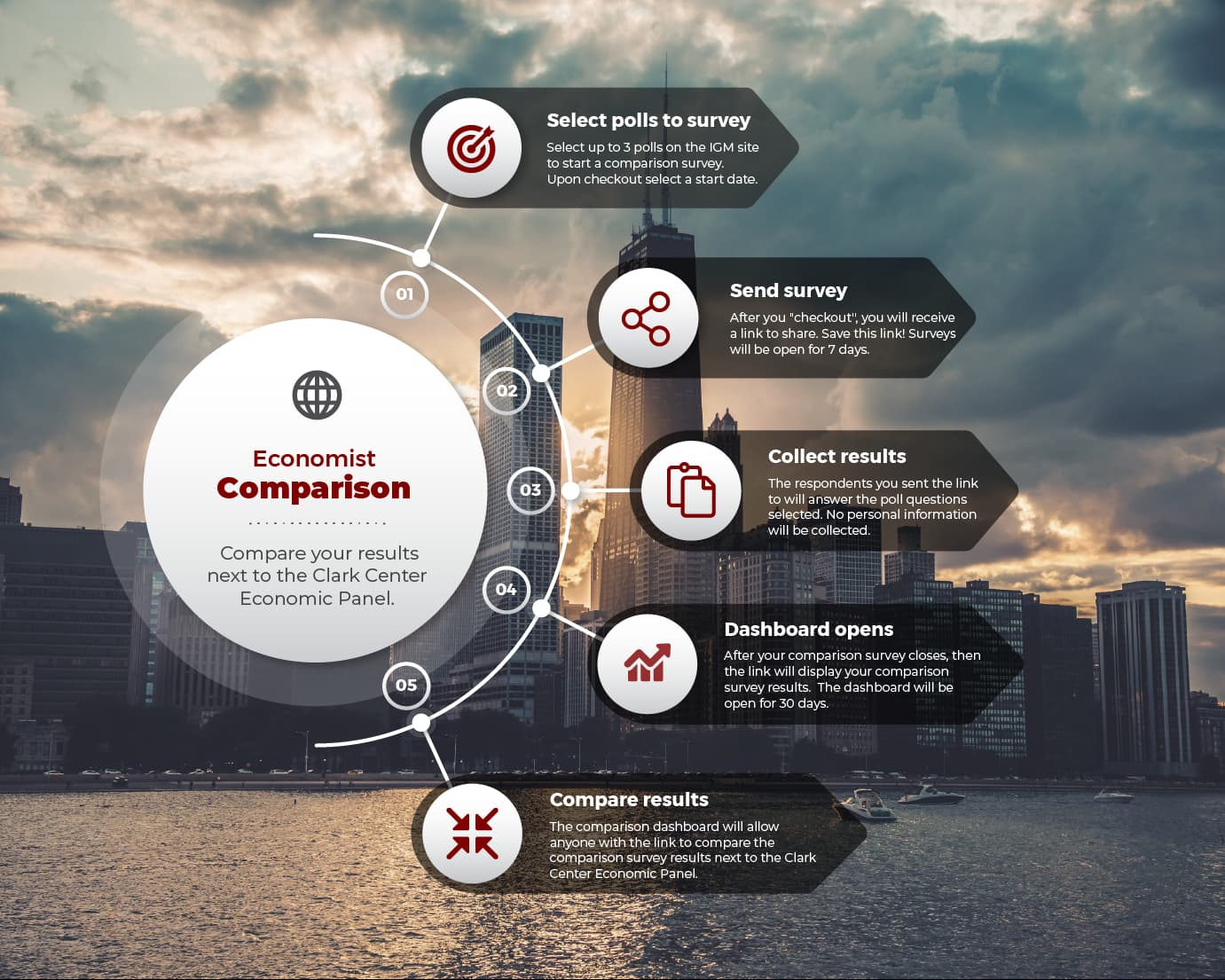Over the last decade a growing proportion of stock trading has been concentrated into the later stages of the day. As a story on Bloomberg, which caught the attention of many investors and market participants, put it in April – US stocks trade for 390 minutes a day, but only the last 10 minutes seem to matter.
Around one third of trades in S&P500 equities are now carried out in the last ten minutes of trading, up from 27% in 2021. Whilst claiming that only the last ten minutes matter is perhaps a case of, forgivable, journalistic flourish there is a strong case that the rise of late in the day trading may be having an impact on markets.
The rise in the share of all trades conducted either in the last minutes of trading, or in the closing auction, is related to that rise in the share of equities held by passive index funds or exchange traded funds (ETFs), both of which typically concentrate their rebalancing related trades to the close of the market.
As the share of trading concentrated towards the end of the day has risen, so too has academic interest in the possible effects. A paper published earlier this year looked at late day trading across the major European equity markets – which have seen the same sort of magnitude of rise in late trading as the United States. Whilst the researchers still believe that closing auctions, as suggested by economic theory, are a helpful tool in terms of aiding price discovery and improving liquidity they also cataloged some less helpful features. The shift in trading towards the close has lowered liquidity over the rest of the trading day. And, perhaps more importantly, the late rush seems to cause some issues with price discovery; 14% of the late moves are reversed overnight. That echoes earlier research on US closing auctions.
By contrast, a 2022 paper looking at very similar data came to different conclusions. The researchers in this case found little impact on liquidity over the rest of the trading day and argued that the reversals of closing prices sometimes found at the following market was as much a result of typical morning open noise as about a distortion introduced at the close.
One side effect of the increasing volume of late day and closing auction trading has been a rising concern from regulators about the risk of a service disruption from an exchange. With so much volume crammed into so little of the trading day, the risks of any IT related failure at crucial times are magnified.
But whilst regulators might fret and active traders might grumble about lower liquidity over the rest of the trading day, the trend of rising last minute trading looks here to stay.
As ETFs and passive index funds continue to grow their market share at the expense of active managers, more and more trading is likely to be pushed back to towards the close.
Last week the Clark Center’s Finance Expert Panel looked into the issue. The results though, were far from clear.
Asked whether the increased concentration of trading in the final minutes of the trading day has a measurably detrimental effect on market quality, the panel was mostly unsure.
Weighted by confidence, 52% of respondents were uncertain, 14% agreed and 34% disagreed. Notably, and rather unusually, no respondents expressed a strong view in either direction.
The panel was slightly clearer when it came to the second question which related to how index funds should navigate the new geography of the trading day. The panel was asked whether “strict indexing implemented with trading at the close to avoid reaching error creates a measurable performance drag that could be avoided with more flexible passive strategies” or, essentially, whether passive funds might be able to better track their target indices by adopting a trading strategy that does not rely on end of day rebalancing. Weighted by confidence 49% of respondents agreed, 34% were uncertain and 18% either disagreed or strongly disagreed.
As several of the panelists agreeing with the proposition noted, tight tracking error budgets (or how large a miss index funds allow themselves in terms of matching their target) can lead to worse execution when it comes to trading. That said, the cost – in terms of lost performance – is both tricky to measure and unlikely to be large.
And as one respondent, who disagreed with the proposition, noted there is nothing currently to stop passive funds from choosing a different strategy or customers from choosing different funds.
The rise of late trading seems to be an area where actual market practice has moved ahead of theory. Most experts looking at the changed market structure agreed that the likely impact is higher liquidity at the market close at the cost of reduced liquidity over the rest of the day. There is though little agreement as to whether this shift is a problem or not. Equally there is disagreement amongst researchers on whether or not late trading harms price discovery.
With late trading likely here to stay, more empirical work is required.

